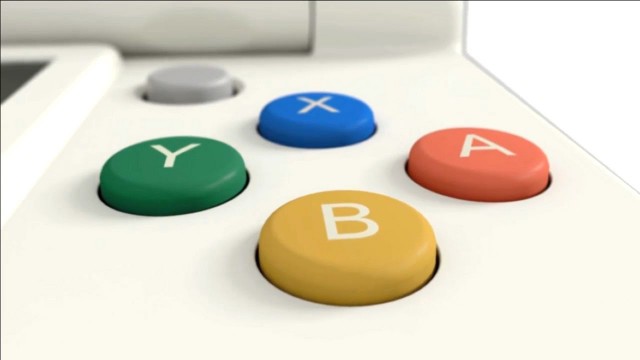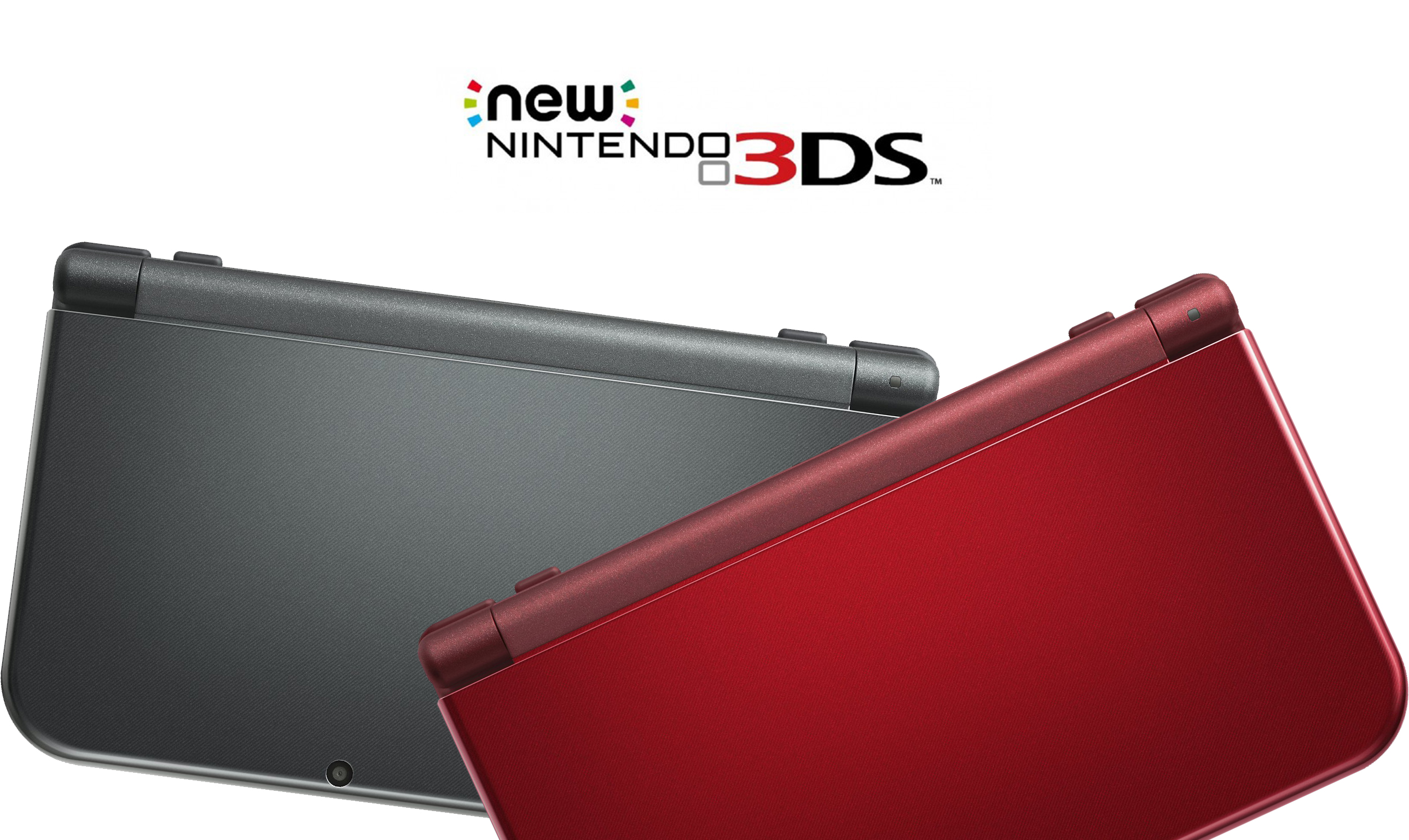Announced in a Japan-only Nintendo Direct in August 2014, the New Nintendo 3DS and 3DS XL (LL in Japan) was a bit of a shock for the industry that doesn’t typically get major hardware launches outside of trade shows like Comic-Con or E3.
Perhaps bigger news is that no one had any idea when the new consoles would come to North America, made even more curious by the fact that they released in Australia months ago.
The New Nintendo 3DS XL is finally hitting North American (and European) shores in early February (on the 13th to be exact), but we’re lucky enough to have one floating around right now to play to our heart’s content. So what do we think?
When technology is iterated upon, it usually becomes smaller. Nintendo decided to buck this (welcome) trend in favour of a new 3DS XL that is nearly identical in size to the original. In fact, the unit is slightly thicker than the 3DS XL you held yesterday. Really, this has zero effect on anything you’re going to do with it, as the console is improved in almost every other way.
The outward appearance of the new Nintendo 3DS XL isn’t much different than its original counterpart, though the finish is quite a bit more polished. The first device felt plasticky and unimportant, while this one has a “New Black” or “New Red” finish that just plain feels nicer. The volume slider has moved to the display from the main body, making it more difficult to accidentally swipe against your left hand, and the game card slot has been moved to the bottom left, away from the traditional top-loading style of Nintendo’s portables (Game Boy Advance SP not included).
 Another main draw of the new 3DS XL is what Nintendo touts as “super-stable 3D”. In our testing, this couldn’t be a more accurate statement. Nintendo has finally designed a way for the 3DS to maintain the three-dimensional effect in games, regardless of your angle. This works only within reason, as you might expect, but the angles are certainly wide enough for normal use. Even during vigorous movement of the unit, it was able to maintain the effect with little, if any, noticeable switching of the parallax. This proved especially handy in our plays of Super Smash Bros. for Nintendo 3DS, where things can get a little hairy, to say the least.
Another main draw of the new 3DS XL is what Nintendo touts as “super-stable 3D”. In our testing, this couldn’t be a more accurate statement. Nintendo has finally designed a way for the 3DS to maintain the three-dimensional effect in games, regardless of your angle. This works only within reason, as you might expect, but the angles are certainly wide enough for normal use. Even during vigorous movement of the unit, it was able to maintain the effect with little, if any, noticeable switching of the parallax. This proved especially handy in our plays of Super Smash Bros. for Nintendo 3DS, where things can get a little hairy, to say the least.
The new C-Stick is also a welcome addition to the new 3DS XL, and while it is certainly not an analog stick (or even a second circle pad), it actually works quite well. There are very few games that actually support it at this point (mainly because the Circle Pad Pro was the worst idea ever) but with the upcoming design of 3DS games exclusively for the “new” handhelds, expect this to be used a lot more. In Majora’s Mask 3D, for example, expect to have free control of the camera, but only if you’re using this new handheld, of course.
Finally, amiibo support is built-in to the new 3DS XL with an NFC reader hidden beneath the display. We haven’t been able to test it out yet, as the update for the first amiibo-compatible game, Smash Bros., isn’t actually live yet. We expect it to work as the reader on the Wii U GamePad works, so all in all, not much to report here.
For all these awesome external improvements, there is also an under-the-hood boost in processing power that will enable faster and better looking games like the upcoming new 3DS exclusive port, Xenoblade Chronicles 3D.
There have been a lot of reports that not having an AC Adapter in the box is a problem for Nintendo, and we can see both sides of the argument. If this machine is targeted towards newcomers to the handheld space who have been holding off for the next generation of portables, perhaps not including an adapter is a silly move. On the flip side, this thing is compatible with every Nintendo handheld adapter since 2008, so there is a pretty decent chance someone has one lying around. Oh, and if not, the actual thing is only ten bucks, so let’s all stop whining about that already, shall we?
With the new 3DS XL, Nintendo is ushering in a pretty big improvement over its previous model. While the company usually iterates in a small way–Game Boy to Game Boy Pocket to Game Boy Color; Nintendo DS to DSi) this jump is more than just an iterative improvement.
Nintendo’s New 3DS XL is an excellent step in portable gaming, poised to adequately take on the mobile phone market and beat them at a game that Nintendo has been master of for nearly three decades.

